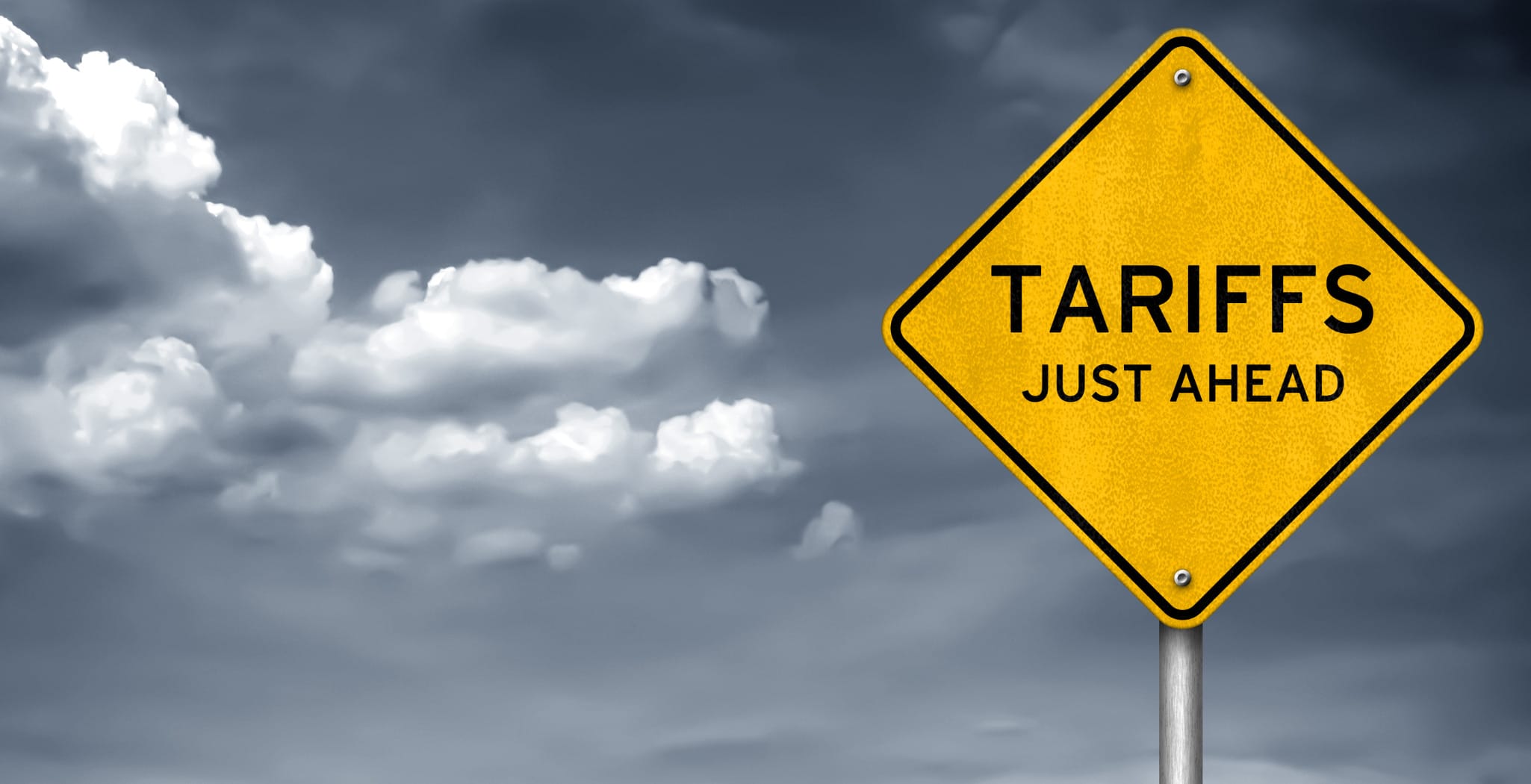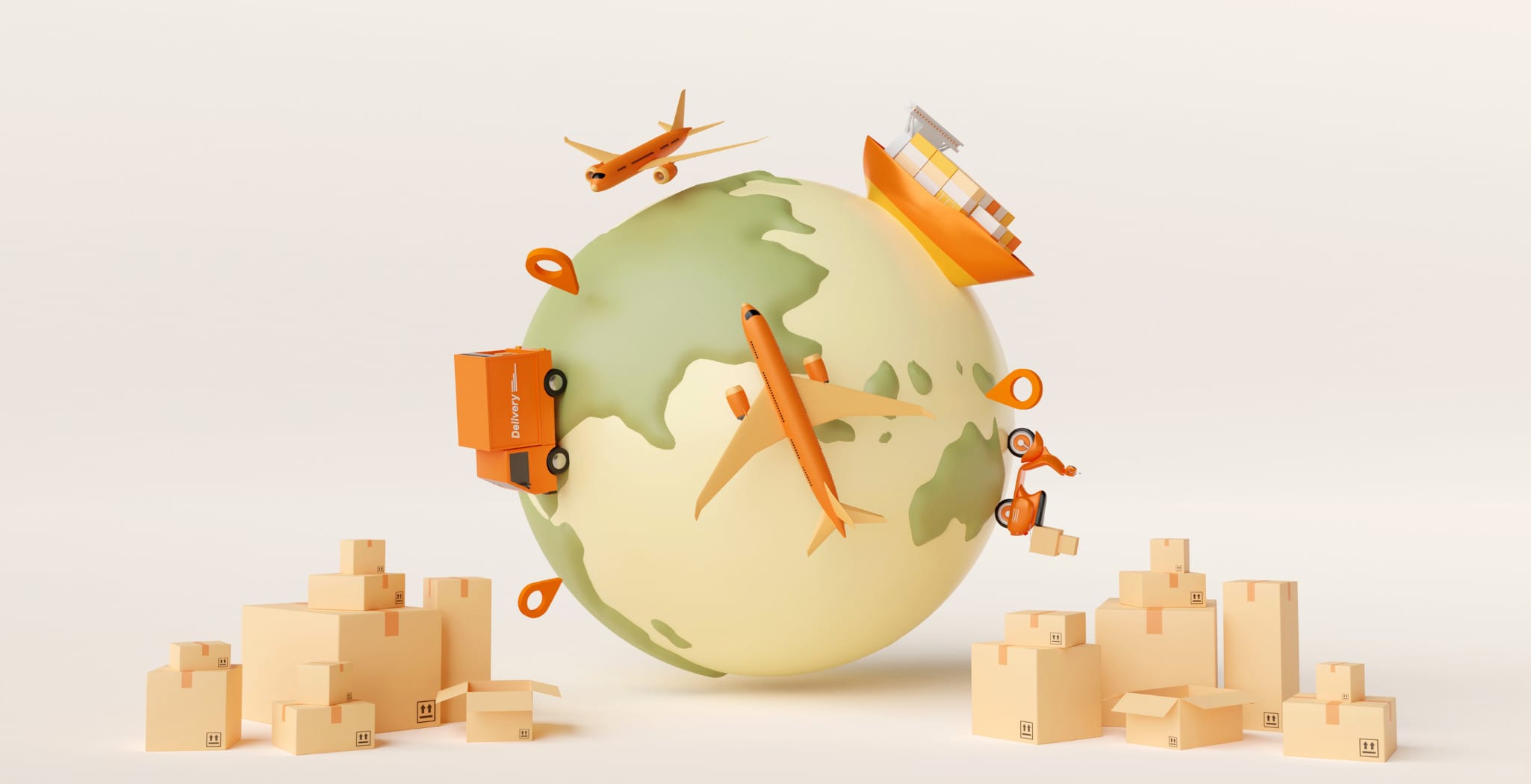Growing up in Ohio, I was fortunate enough to play football on a pretty decent high school team. Our season began in the dog days of summer and ran into the first autumn frost. At some point during those four months a good solid downpour during a game was inevitable which meant a contest mired in mud and the need for a revised game plan.
Now the pessimistic coach might consider this to be a disadvantage to his chances of winning the game. But a more strategic and forward thinking leader would understand both teams faced quarterbacks with wet hands, blockers bogged down in soggy clumps of turf and receivers whose completion numbers were going to be anything but stellar. The conditions of the game while presenting new challenges, would be equitable for each participant. So in the end it would be a level headed strategist who understood and exploited his team’s strengths—advantages even we may not have known we had, who would be celebrating victory after four quarters of play.
In low cost country sourcing, I have heard grumblings for the past five years about jobs lost to China. Indeed, the groundwork laid by Kissinger and Nixon in the 70s to open up free trade with China could have been perceived as an overcast forecast for some players. However, just as we discovered, the right plans and execution meant we could be quite successful rather than assuming failure was looming.
Global Impact
China is set to become the world’s second largest economy. Those Western companies, who have built the equity of their brands over the past several decades, should recognize the opportunities that exist in China and other parts of Asia for marketing their goods and services. The investments U.S. firms have made in intellectual property, trial and error and innovation are unmatched anywhere in the world. So why haven’t more companies embraced this vast market that exists?
Whether we are talking about cosmetics, heavy equipment, apparel, software, consumer goods, or electronics, there is an insatiable demand for Western products overseas. Even in today’s depressed economic times, the needs for world class technology to complete huge infrastructure projects provide rare market opportunities to international companies.
China’s rebound for the first 3 months of 2009 is considerable. Expectations for economic growth for the next quarter are at 12%, so economists generally expect 7 to 8% overall growth this year.
Why then, is China poised for a rebound when the rest of the global economy is experiencing its worst performance in decades?
According to reports out of China, retail sales have continued to increase strongly with the help of the government which has offered China’s 800 Million farmers VAT exemptions on big ticket purchases, namely electrical appliances. The resulting effect is a replacement of exports through domestic consumption without a loss for the state. Retail sales went up 15% this past March compared to the same time a year ago.
China announced its stimulus investment program last October and took extraordinary measures to make it happen. Just prior to year end, 2008, USD 58 Billion of pending projects were approved within one week. Because the Chinese save most in the world they created the largest bank in the world (in deposits) passing American and Japanese rivals JPMorgan and Mitsubishi-UFJ. China is now home to the top 3 banks, reflecting the confidence of investors in Chinese banks. In the first quarter of 2009 new loans accounted for more than all new loans in 2007.
Exports are picking up too. From a monthly all time high of USD 136 Billion in September 2008, exports fell every month to a low of USD 65 Billion in February (25% less the 2008 figure). But, in March they rebounded to 90 Billion.
New Market Opportunities
China’s size and growth create enormous opportunity in 2009. As a growing consumer market, the number of millionaires has grown to 825,000, many younger than 40. According to an April 30 Wall Street Journal article, the $585 billion stimulus program has “quickly funneled money into everything from bridges to consumers’ pockets.” There are countless municipal projects which now need to be completed including high speed trains, power plants, telecommunication systems, hospitals and water treatment plants–all which will be built in second and third tier cities. Business processes outsourcing (BPO), and high-technologies have been singled out as fast investments on the coast. Hi-tech will continue to rebound driving demand for components – all which will be made in China. Imports have started to recover since the beginning of the year.
Heavy equipment sales have increased as is evidenced by the attendance of almost 200,000 visitors to the China International Machine Tools fair in April. Caterpillar Inc. CEO James Owens, according the WSJ article, says “the company’s excavator sales in China have returned to record levels in recent months.” He goes on to say that “China continues to start work much more quickly than the U.S.”
Lower Manufacturing Costs
According to a recent report by Supply Chain Digest, “between lower wage pressures and the fact that most Chinese factories operating at low levels of utilization, Western buyers are gaining more pricing clout than they have had in years. The Chinese government, for example, says the value of China’s exports fell 25.7 percent year-over-year in February, accelerating from a tough 17.5 percent decline in January.”
Estimates of Hong-Kong based manufacturers in China indicate that business activity is stabilizing 20-30% lower than before the crisis. Forced to reduce prices in an over-supplied environment, Chinese producers have no other choice but to become the most competitive, even against other Asian producers.
“Deflation [in China pricing] is here to stay,” believes William Fung, managing director at Li & Fung. “Buyers have more of an upper hand again.”
That’s because export volumes to the weak economies of the US, Europe and Japan show no signs of recovering soon. However, there are signs that China’s manufacturing sector is recovering on its own, without much help from export customers, as the country’s economic stimulus plan and focus on bolstering the internal economy start to pay off.
By February, the producer price index went down 4.5% year on year, to its November 2007 level. The trend accelerated in March with a 6% drop. The consumer prices naturally followed, resulting in an actual deflation (-1.6% in February and -1.2% in March).
The World’s Second Largest Economy Emerges
According to Daniel Meckstroth, economist at the Manufacturers Alliance in Arlington, VA, “the hope is that China would become an engine of growth to drive the local economy.” China’s proactive response to the crisis has enabled it to be the first to bounce back. This flexibility will not only result in China becoming the world’s second largest economy, but will also let it take its rightful place atop the value chain. Therefore it will have to invest to improve and maintain its cost competitiveness, as both a viable market and as a manufacturing leader. Should the U.S., Europe and other trading partners be able to weather the current storm, China will play a major role in world economic recovery.
A Winning Season
Those U.S. companies who spend their time, energy and resources embracing this new China market rather than disparaging others who offshore low value added labor, will actually enjoy playing on the muddy playing field that our global economy has become. In the end, the sun will still rise in the East and set on the West. The soggy ground will firm up and those who respond to all elements of the season accordingly will record a win.
David Alexander is President of BaySource Global, a U.S. based manufacturing and project management firm with offices in Shenzhen and Shanghai. www.baysourceglobal.com





Follow Us